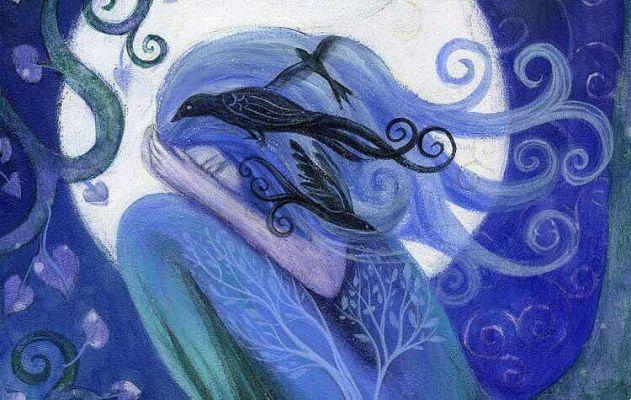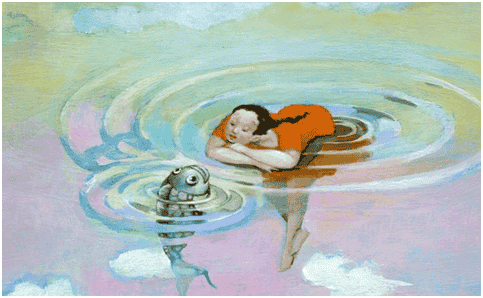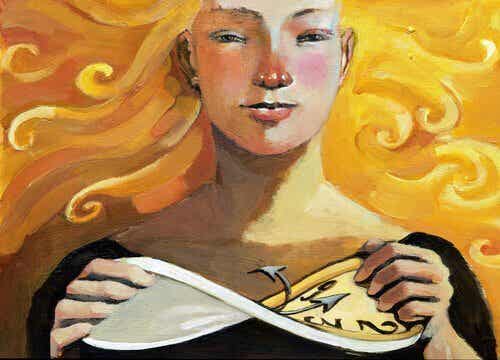
Last update: July 07, 2016
Pinocchio is one of the best known children's classics. It tells the story of a wooden puppet who comes to life thanks to the magic of a fairy godmother who decides to make the wish of the elderly Geppetto come true. Geppetto makes Pinocchio go to school, yet the boy, instead of doing as he should, finds himself trapped in a series of complicated circumstances, due to his lies and his disobedience. Eventually, however, Pinocchio becomes an obedient child and the blue fairy decides to reward him, transforming him into a real child.
This story teaches children the value and importance of telling the truth, being obedient and sincere, and acting with love. The values learned are just one of the benefits that fairy tales represent for children. They allow children to develop their creativity, adopt the habit of reading, improve their writing and create moments of complicity and intimacy.
"Creativity implies having the courage to get rid of certainties"
-Erich From-
Read fairy tales
Learn the values
Children learn very easily, as their insatiable curiosity does much of the work. So, we can use fairy tales to teach them values such as friendship, respect, sincerity, generosity, modesty, loyalty… In this way, they will be able to learn in a simple and fun way that all their actions have very specific consequences.
Thanks to fairy tales, children learn about other characters, other cultures and other ways of thinking and feeling emotions, which helps them understand why they feel a certain way or that there are people who believe in different religions, cultures and values.
They improve written comprehension and promote the habit of reading
Reading fairy tales to your children helps them improve their written comprehension, a fundamental skill linked to other skills such as oral language management, reading pleasure and critical thinking. The development of written comprehension equips children with the tools they need to cope with academic, professional and social life.
Knowing how to read does not only mean being able to interpret a handwriting and knowing how to pronounce it correctly, it also means having the ability to understand what you are reading, understand what the author wants to tell us and develop a personal opinion about it. In other words, it means giving meaning to the text and drawing one's own conclusions.
Share moments of complicity with children
If you share a moment of reading with your children every day, you will be able to strengthen the bond of complicity and affection that exists between you.. This helps children to be confident that they can develop good self-esteem.
“Fables don't teach children that dragons exist, they already know they exist. Fairy tales teach children that dragons can be defeated ”.
-Gilbert Keith Chesterton-
They improve writing
Reading and writing are closely linked, and usually a good reader is also a good writer. Writing helps children organize their thoughts, developing the habit of thinking and expressing themselves rationally. Writing also improves concentration and reflection, as it requires more attention than other activities.
Speaking of handwriting, heated debate arose when the Finnish education system decided to replace handwriting lessons with a typing course on the QWERTY keyboard for the 2016/2017 academic year. However, even if new technologies tend to eliminate handwriting, we cannot forget some of the benefits that this way of writing implies: it improves concentration, activates the brain, allows us to take the time we need to think about what we mean, it favors the structuring of language and it is a more natural movement than typing on a keyboard or screen.
Researchers from Indiana University conducted a study in which they showed that handwriting activates multiple regions of the brain and promotes the learning of shapes, symbols and languages. Furthermore, as the authors of the research explain, handwriting helps to better express one's thoughts and ideas.
Finally, let's not forget that each of us has our own handwriting. It may be more or less clear, but it is still a unique feature that identifies us.
Increase creativity
Creativity consists in the creation of new ideas, concepts or associations between known ideas and concepts which usually lead to original solutions.
Reading the stories to children gives them the ingredients they need to set their imaginations in motion and to start asking questions., without necessarily having to be accompanied by the need to be resolved in response to a real situation. Thanks to fairy tales, children will be able to get to know imaginary places and fantastic characters and will learn that the imagination has no limits.
"Imagination is more important than knowledge".
-Albert Einstein-


























